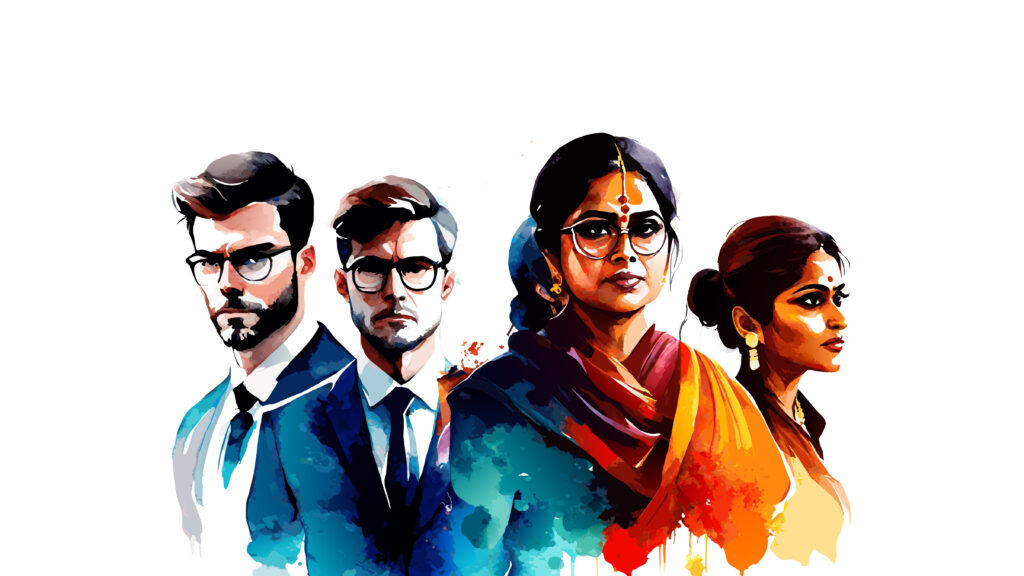Do you believe that men are strong and women are weak?
Do you believe that only female members in the family should be responsible for cleaning utensils?
Do you agree that women are inherently nurturing and caregiving?
Do you think men should not express their emotions?
Do you perceive women as more emotional and sensitive than men?
Do you assume that men have no interest in fashion or cosmetics?
Do you hold the misconception that females should manage office reception jobs?
Do you believe that boy children should only play with toy trucks and girls with dolls?
These are just a few examples of gender stereotypes. There are many others, and they can have a significant impact on people’s lives.
In simple words, gender stereotypes are beliefs and expectations about the characteristics and roles associated with men and women .They involve appearance, personality, behaviour, and roles. These stereotypes are so deeply rooted in society that it defines what means to be a man and women. In more precisely , gender stereotypes are preconceived ideas about how people of different genders should behave and act. Unfortunately, they can restrict opportunities, self-expression and, create biases.

Recognising the importance of addressing this issue, the Supreme Court of India has recently published a 30-page handbook called ‘Combating gender stereotypes. This handbook includes a glossary of gender-biased terms and offers alternative words and phrases that can be used in court proceedings and court orders as gender-neutral words or languages.
Few examples from the Supreme Court’s Handbook.
The word “Affair” was replaced with “relationship outside of marriage”.
“Provocative clothing” was replaced with “clothing.
“Transsexual” was replaced with “transgender.
“Whore” was replaced with “woman.”
“Provider” or “breadwinner” replaced with “employed” or “earning.”
In a 2021 judgment, the Supreme Court used the term ‘homemaker’ instead of ‘housewife.’ This decision helped reshape how we view the word ‘housewife.’ In last month’s story, ‘The Potluck,’ you may have noticed that the word ‘homemaker’ was used for one of the characters. Below are few examples to demonstrate how words/ language can be adjusted to be more inclusive and gender-neutral in various contexts.
Instead of”manpower,” use “workforce.”
Instead of “fireman,” use “firefighter.”
Instead of “policeman,” use “police officer.”
Instead of “salesman,” use “salesperson.”
Instead of “businessman,” use “entrepreneur.
Instead of “chairman,” use “chair” or “chairperson.”
Instead of “mankind,” use “humanity” or “humankind.”
Instead of “guys” when you address a group of people use “team or folks”
Gender-neutral language is crucial for fostering Diversity, equity and inclusion. It is important to encourage and practice use of inclusive language in all our communications, policies, procedures, and daily interactions. This will help to eliminate the use of outdated words or phrases that are not gender-neutral.
I would encourage you to read the Handbook Published by the Supreme Court of India. Thank you.

